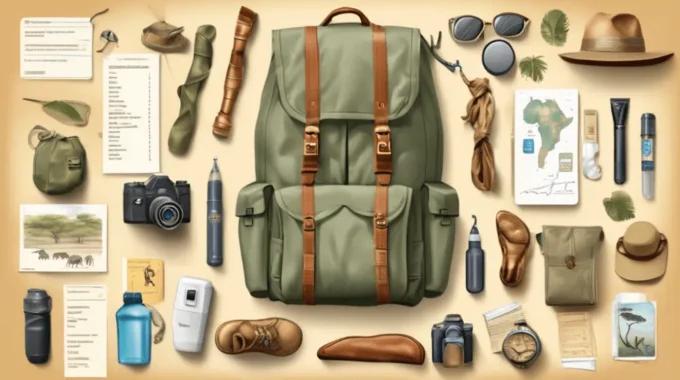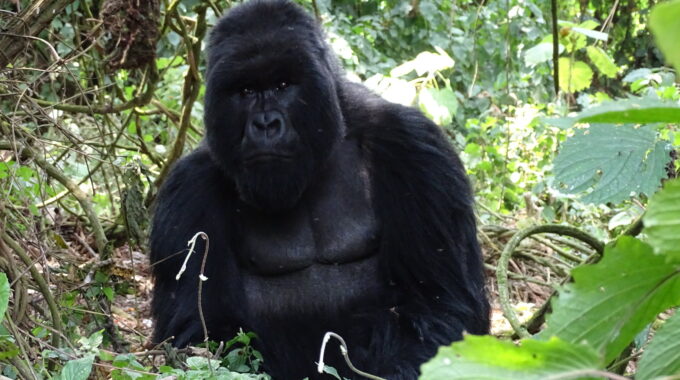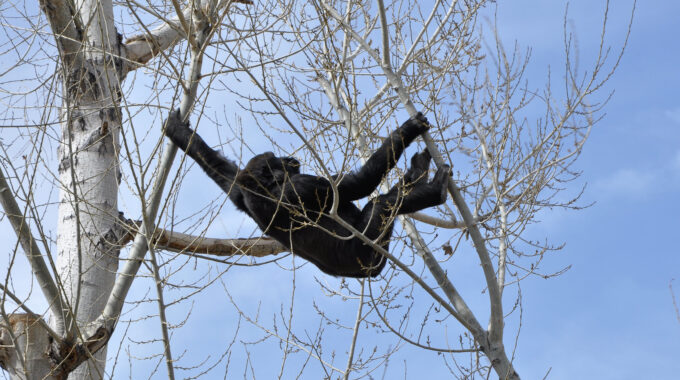10 Essentials Our Travel Experts Always Bring on Safari A safari is an exhilarating expedition. Rest…
How safe is gorilla trekking?
How safe is gorilla trekking? –
Mountain gorilla trekking in Uganda, Rwanda, and the Democratic Republic of Congo is an exciting and unique wildlife experience. While the experience offers adventure and profound connection with nature, safety is a common concern for potential trekkers. Below is a detailed examination of the safety aspects of gorilla trekking, covering key areas such as the environment, interaction with gorillas, physical challenges, and precautionary measures.

1. Safety of Interaction with Gorillas
Mountain gorillas are usually calm and friendly primates, especially if they are used to people. Habituation is the process by which gorilla families are slowly introduced to people until they are used to them and do not feel threatened. However, gorillas are wild animals and can display aggression if they feel threatened.
Factors Ensuring Safety:
- Professional Guides and Rangers: Treks are always conducted under the supervision of experienced guides and armed rangers who are well-trained in animal behavior and safety protocols. They understand gorilla behaviors and can read signs of agitation, helping to prevent incidents.
- Maintaining Distance: Trekkers are required to maintain a minimum distance of 7 meters (about 23 feet) from the gorillas. This reduces the chances of provoking the animals and minimizes disease transmission risks.
- Strict Behavioral Guidelines: Visitors are given a briefing before the trek, including instructions not to make sudden movements, avoid direct eye contact, and follow the guides’ commands. This ensures respectful interaction with the gorillas.
2. Environmental and Terrain Safety
Bwindi Impenetrable National Park in Uganda and Volcanoes National Park in Rwanda are ideal for gorilla trekking in dense forests with rugged terrain. The terrain can be challenging due to steep slopes, uneven paths, and slippery conditions, especially during the rainy season.
Risks and Mitigations:
- Physical Fitness: Trekkers need to be in reasonably good physical condition to handle the demands of hiking for several hours through thick vegetation and hilly landscapes.
- Safety Gear: Proper gear, such as hiking boots, gloves, and walking sticks (often provided by the park authorities), significantly reduces the risk of slips and falls.
- Support Staff: Porters are available to assist trekkers by carrying bags and offering physical support, ensuring trekkers can navigate difficult sections of the trail.
3. Health and Disease Risks
Mountain gorillas share about 98% of their DNA with humans, making them susceptible to human diseases. This poses a dual safety concern: protecting both the trekkers and the gorillas.
Precautionary Measures:
- Health Screening: Trekkers showing symptoms of infectious diseases such as flu or COVID-19 may be prohibited from participating in the trek.
- Face Masks: In many parks, trekkers are required to wear face masks to prevent the transmission of airborne diseases to the gorillas.
- Vaccinations: Visitors are encouraged to have necessary vaccinations (e.g., yellow fever) before traveling to gorilla trekking destinations.
- Sanitation: Guides emphasize the importance of hygiene, such as handwashing, to reduce health risks.
4. Security and Political Stability
The safety of gorilla trekking also depends on the political stability of the region. Tourists feel safe going to Uganda and Rwanda because their governments are stable. Political unrest has plagued the DRC, but Virunga National Park is a popular trekking destination with strong security.
Security Protocols:
- Park Rangers and Armed Escorts: Treks in all regions are accompanied by armed guards to ensure the safety of tourists against potential threats, including poachers or wildlife.
- Tourist-Friendly Policies: Governments in Uganda and Rwanda prioritize the safety of their tourism sectors, maintaining strict control over national parks and surrounding areas.
5. Emergency Preparedness
Despite all precautions, unexpected situations such as injuries or health emergencies can occur. The places where you can go gorilla trekking are ready to handle these situations well.
Preparedness Measures:
- First Aid Kits: Guides and rangers are equipped with first aid kits and trained to handle minor injuries.
- Emergency Response Plans: Park authorities have established evacuation plans for severe cases, and some parks have helicopters available for medical emergencies.
- Insurance Requirements: Trekkers are often required to have travel insurance that covers medical evacuation. This way, if they get sick, they can get medical care quickly.
Conclusion
How safe is gorilla trekking? Gorilla trekking is safe for most people if they follow park authorities and guides’ instructions. Safeguards, expert advice, and the government’s commitment to tourism safety help keep risks to a minimum. Despite the rugged terrain and proximity to wild animals, the experience is safe and memorable.
Gorilla trekking requires proper planning, rules, and fitness to ensure safety and fun.



